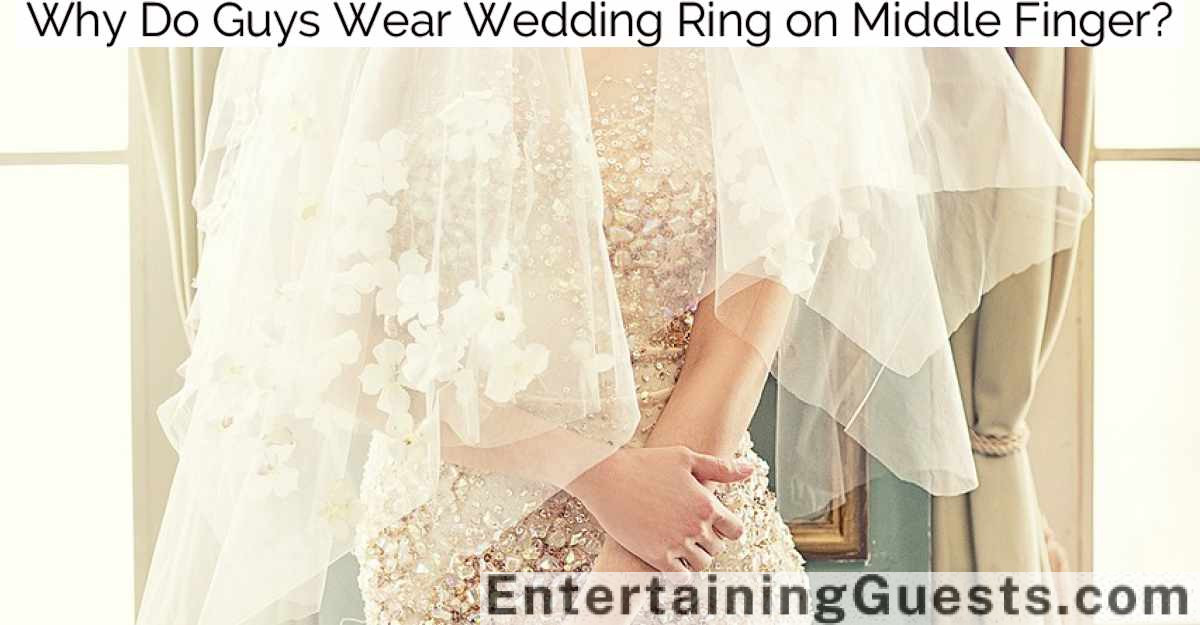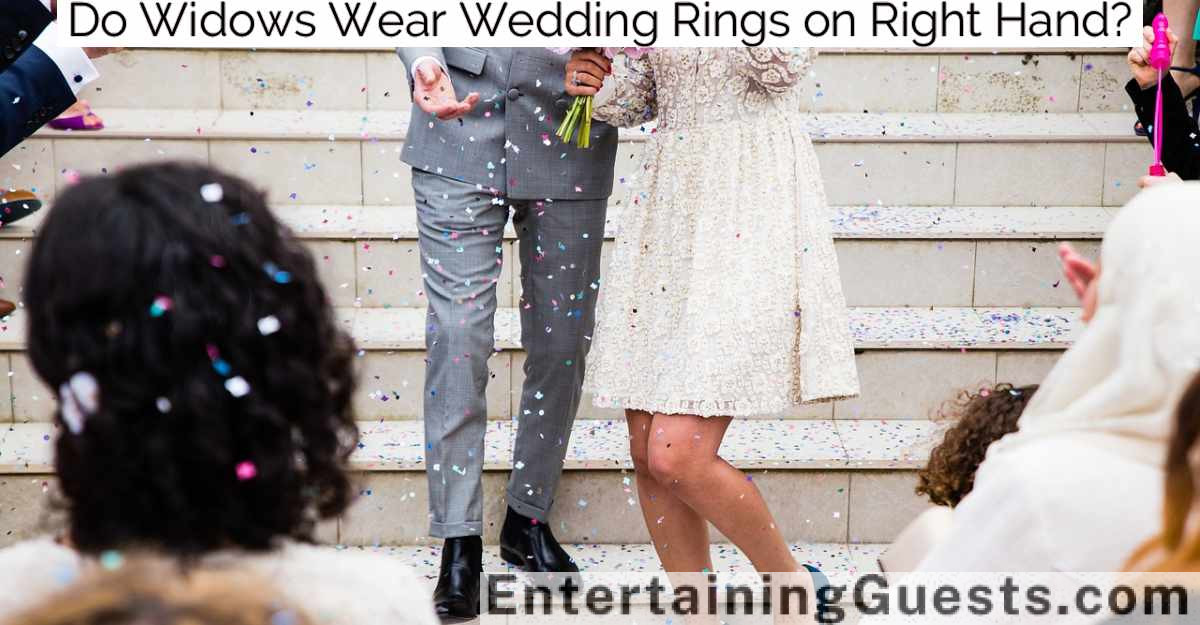No, you are not required to create wedding programs. They serve as a stylish element that guides your guests through the day’s events, including the order of activities, participants, and any special customs.
Wedding programs can enhance guest understanding and add a personal flair by reflecting your chosen theme and serving as a memorable keepsake.
If you are worried about challenges like print deadlines or budget constraints, consider opting for digital displays or program boards.
These alternatives maintain the flow of information and align with modern, eco-friendly trends, offering a creative solution while addressing the needs of your guests and your wedding style.
Understanding Wedding Programs
Wedding programs serve as a roadmap for your special day, guiding guests through the sequence of events while offering a personal touch to the ceremony. You’ll find these handy booklets or cards not only informative but also reflective of your style and theme.
Typically, a wedding program includes the names of the bride and groom, the wedding date, and the location. It details the order of events, from the processional music to the recessional. Names of the wedding party, officiants, and readers are also listed, acknowledging their roles and significance.
For religious or traditional ceremonies, you might include explanations of customs, readings, and songs, ensuring guests feel included and engaged, regardless of their familiarity with the practices.
Moreover, you can use the program to honor loved ones who aren’t present or to share the meanings behind certain choices, such as the significance of a particular song or a tribute included in the decor.
Crafting your wedding program involves decisions about paper quality, fonts, and design elements that align with your overall wedding aesthetics, turning these guides into cherished keepsakes.
Benefits of Having Wedding Programs
Understanding the structure and content of wedding programs naturally leads you to appreciate their numerous benefits. First and foremost, they serve as a clear guide for your guests. You’re providing a roadmap of what to expect throughout the ceremony and reception. This is particularly helpful for those who aren’t familiar with the traditions or the sequence of events in your specific type of wedding.
Moreover, wedding programs offer a personal touch that reflects your style and personality. You can customize them to match your wedding theme, from elegant, floral designs to more modern, minimalist styles. They become keepsakes that you and your guests can cherish long after the big day has passed.
Additionally, wedding programs allow you to give a special mention to your wedding party and all those involved in making your day special. It’s a thoughtful way to acknowledge the contributions of your loved ones and perhaps share a brief story or two about your relationship with them.
In essence, these programs don’t just keep your guests informed; they enhance the overall experience of your wedding, making it more organized and memorable for everyone involved.
Common Concerns and Challenges
While wedding programs can add a unique and personal touch to your celebration, managing their design and distribution presents its own set of challenges. You’ll find that timing is everything. Ensuring these programs are printed and ready for your big day often requires strict adherence to deadlines that can add unexpected stress.
If you’re handling the design yourself, you might face technical issues with layout software, which demands a certain level of skill and patience. Cost is another hurdle. Quality printing isn’t cheap, and depending on the number of guests, expenses can escalate quickly.
You’re also tasked with deciding how many programs to order—a miscalculation either way can lead to wasted resources or a shortage, each creating its own dilemma. Distribution poses yet another concern. You’ll need a plan to hand these out efficiently, avoiding any disruptions to your ceremony’s flow.
Assigning this job to someone detail-oriented is vital; it’s easy for guests to miss out if the distribution isn’t handled smoothly. Keep in mind, the more detailed the program, the higher the likelihood of encountering these challenges.
Prioritizing essential information mightn’t only save you stress but could also streamline the entire process.
Creative Alternatives to Traditional Programs
Exploring creative alternatives to traditional wedding programs can add an invigorating twist to your special day. Instead of paper programs, consider using digital displays positioned around your venue. These screens can scroll through the day’s schedule, fun facts about you and your partner, and even photos from your journey together. Not only does this save on paper, but it also adds a modern flair that guests will remember.
Another stylish option is to create program boards. Place beautifully designed, large boards at the entrance of your ceremony site. These boards can feature the order of events, bridal party names, and a thank-you note from the couple. It’s both eco-friendly and a fantastic photo backdrop!
For a more interactive approach, try program bookmarks. These can double as favors, with your ceremony details on one side and a favorite quote or artwork on the other. Guests can use these during the ceremony and take them home as a keepsake.
Each of these alternatives not only serves the purpose of informing your guests about the ceremony but also adds a personal touch that enhances the overall aesthetic and experience of your wedding day.
Making Your Decision: Programs or No Programs
Deciding whether to include programs in your wedding ceremony is no small task. It’s a choice that reflects both your personal style and the level of formality you envision for your big day.
As you weigh your options, consider the nature of your event. A more traditional ceremony, especially one with numerous participants or a multi-cultural element, might benefit from a program. It guides your guests through the proceedings, making them feel included and informed.
On the other hand, if you’re planning a simpler, more intimate gathering, you might decide that programs aren’t necessary. This can save you both money and time, which you can redirect towards other aspects of your wedding.
Think about your guests’ experience. Will they appreciate a physical keepsake to remember the day, or would a digital version serve just as well?
Also, assess whether environmental concerns influence your decision, as traditional programs can contribute to waste.
Ultimately, the choice to have wedding programs depends on what makes sense for your event and aligns with your priorities.
Don’t feel pressured by convention. It’s your day, so tailor it to your vision and guarantee it represents what truly matters to you and your partner.
Conclusion
Ultimately, whether you opt for wedding programs hinges on your personal style and the nature of your event. They can guide your guests gracefully, adding a touch of sophistication. Yet, if traditionalism isn’t your vibe, there are myriad creative alternatives that can still inform and impress. Weigh the pros and cons, consider your audience, and let your unique flair shine through. Remember, your day should reflect you—programs or not, it will be unforgettable.







